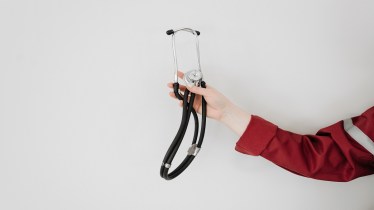GlobalData, a data and analytics company, on Wednesday said that remote patient monitoring (RPM) is set to play an essential role in the implantable defibrillator market as it can improve patient outcomes, reduce healthcare costs, and enhance the patient experience.
With the increasing global aging population, the incidence of sudden cardiac arrest (SCA) is likely to increase as well, as per GlobalData.
“Physicians are often required to evaluate patients’ ICDs every three to six months to assess their function. However, frequent visits to clinics just for a quick device-assessment is quite time-consuming for both the patients and doctors. RPM eliminates some in-office device follow-ups by sending patient data from ICD RPM devices at the comfort of patients’ homes,” Joselia Carlos, Medical Device Analyst at GlobalData, said on Wednesday.
GlobalData forecasts implantable cardioverter defibrillators (ICDs) market to reach $4.4 billion in 2030, driven by rising prevalence of cardiac diseases, technological advancements, increasing awareness and acceptance, and growing demand from emerging markets. During the same period, implantable RPM device market is predicted to grow at a CAGR of 3.5% to $494 million.
“RPM becomes useful when physicians simply need a quick status update on their ICD patients. Eliminating the number of in-person visits for device follow-up appointments allows physicians to allot more of their time to patients who require their physical attention. There are certain cases though, such as an ICD-battery change, when ICD patients must go in-person for their follow-up appointments,” Carlos added.
The COVID-19 pandemic has greatly expedited the adoption rate of implantable RPM devices. As a result, the pandemic has created a shift from in-person physician visits towards general acceptance of RPM devices. Interestingly though, the ICD market in the US minimally fell by 8% during the pandemic.
“Compared to other cardiovascular devices, COVID-19 had a small impact on the ICD market. This indicates that during the pandemic, most ICD-related procedures were classified as urgent and were prioritized over the other cardiovascular procedures. This greatly promotes the use of ICD RPM devices, as they would be useful for monitoring the heart rate of patients with life threatening heart arrythmias,” Carlos added.
GlobalData analysis reveals that alongside the recent development of ICD RPM devices, subcutaneous ICDs have been aggressively gaining market share from its two other competitors (i.e., single-chamber and double-chamber ICDs).
“Subcutaneous ICDs are becoming more popular due to increasing preference for minimally invasive procedures. In addition to subcutaneous ICDs, RPM devices are here to stay in the ICD market,” Carlos added.
